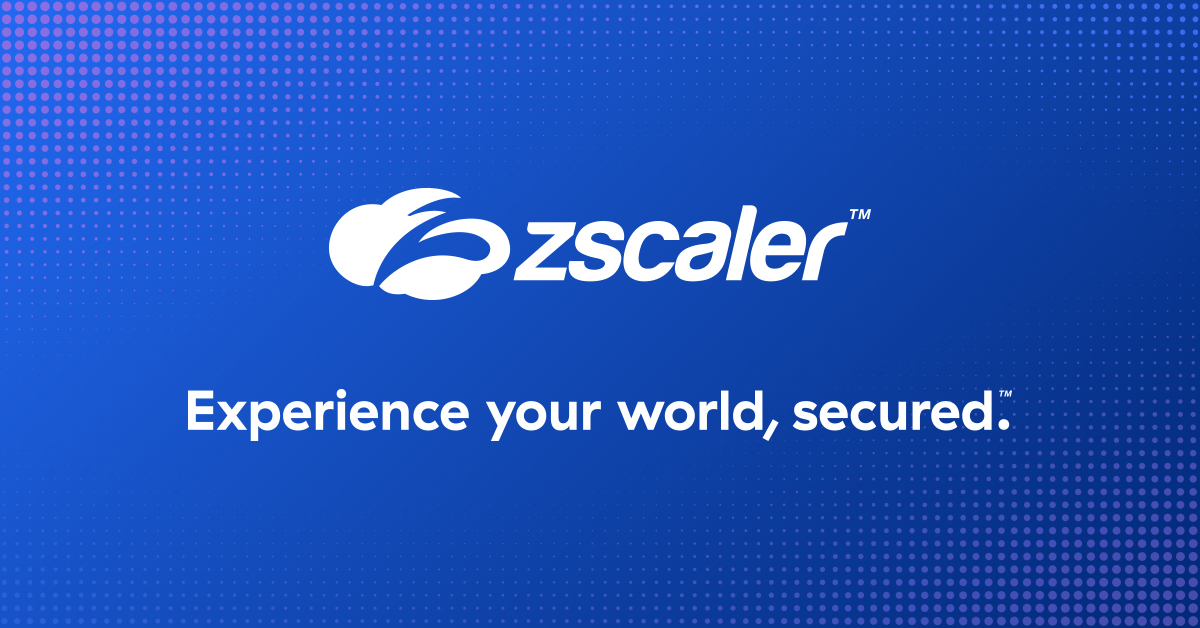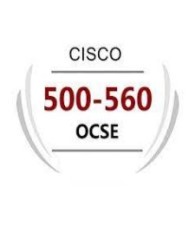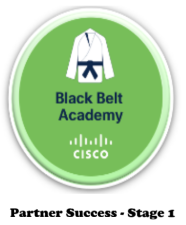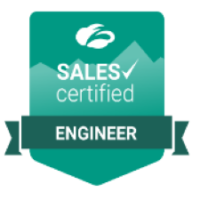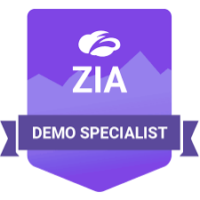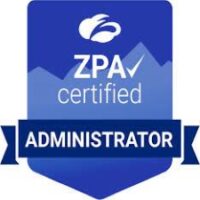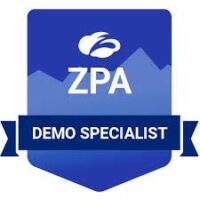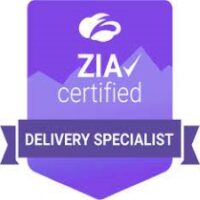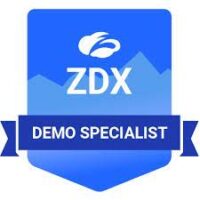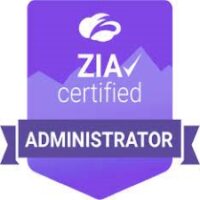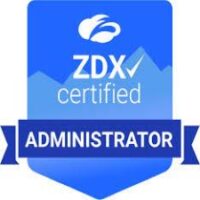In the previous blog we discussed how private equity companies swept in and bought EUC (End User Computing) vendors. I talked about how they raised prices, forced three-year contracts, and how they are still insecure to this day even with all of that cash flow from raising prices. Today we are going to discuss the technical differences between VDI and Zscaler.
Zscaler Client Connector is our single agent for all three of our Zscaler for Users products. One agent to rule them all. This Client Connector is your gateway into our cloud which we have over 150 data centers worldwide so we can do things like SSL inspection, DLP, Private Access to applications, URL filtering, NGAV, cloud firewall, just to name a few capabilities at scale. We ensure your users connect to the closest cloud vs backhauling them to certain data centers. We can log in seamlessly and integrate with your SAML providers such as Okta or Azure Active Directory. Keep it simple so that your clinicians never have to worry about whether they logged in today while you have the peace of mind of security always being on.
You don’t even need to do anything special when they come into the office. No log outs like a VPN or switching profiles. Zscaler Client Connector just dynamically switches policies based on your trusted and untrusted network postures. I don’t remember a single EUC vendor providing all of that in one single agent/connector.
Not only are we talking about replacing your VDI vendors but the possibility of consolidating your security tool stack. Sure, you may be thinking but I have a lot of those IoMT devices that can’t have the Zscaler Client Connector installed on them? You probably couldn’t get connectivity back with your VDI vendor either which is why you are asking. We have a solution for that. We call it Zscaler Branch Connector a light weight appliance that allows your IoMT devices to talk back to your network no matter where they are located and most importantly keeping them secure. The best part is both of these give you Zero Trust capabilities. We do not connect your users to the network instead we connect them directly to the application and they have no visibility of your underlying network.
EHR access is important but so isn’t your radiologists getting access to PACs systems to do diagnostic reads. I was told time and time again that VDI can do wet reads and wet reads only due to pixel compression, jitter, and a variety of other reasons why that can cause an image to get slightly skewed. VDI could not guarantee the images would be pixel perfect while the alternative was VPN which was usually much slower then being on the network.
Zscaler Client Connector connects to our Zero Trust Exchange cloud while you have an App Connector at your datacenter or in the cloud that sits adjacent to your application. The App Connector talks outbound only to our Zero Trust Exchange and the cloud stitches the connections together. This means a faster connection as you no longer are traveling all the way to the datacenter but meeting somewhere in the middle. It can’t be that much faster right?
Well, Zscaler not only has latency SLA’s but we have another product called Zscaler Digital Experience that will tell you the exact latency between me and my application so IT can troubleshoot easier. You can finally know if it is your network or DNS or if it is your users ISP that they didn’t know was having an outage. My lab is hosted in Texas and I live in Maine, on average I get 20 ms or less latency. If you know anything about Maine we are not known for blazing fast internet either. Again, one agent and I don’t remember EUC vendors only having one agent to do endpoint monitoring.
This is the power of Zscaler and why you should think about switching away from your VDI vendors.
Watch our recent webinar: Secure & Efficient EHR Delivery Without Expensive VDI/DaaS Contracts.
You can also find more information on our healthcare page.
In the previous blog we discussed how private equity companies swept in and bought EUC (End User Computing) vendors. I talked about how they raised prices, forced three-year contracts, and how they are still insecure to this day even with all of that cash flow from raising prices. Today we are going to discuss the technical differences between VDI and Zscaler.
Zscaler Client Connector is our single agent for all three of our Zscaler for Users products. One agent to rule them all. This Client Connector is your gateway into our cloud which we have over 150 data centers worldwide so we can do things like SSL inspection, DLP, Private Access to applications, URL filtering, NGAV, cloud firewall, just to name a few capabilities at scale. We ensure your users connect to the closest cloud vs backhauling them to certain data centers. We can log in seamlessly and integrate with your SAML providers such as Okta or Azure Active Directory. Keep it simple so that your clinicians never have to worry about whether they logged in today while you have the peace of mind of security always being on.
You don’t even need to do anything special when they come into the office. No log outs like a VPN or switching profiles. Zscaler Client Connector just dynamically switches policies based on your trusted and untrusted network postures. I don’t remember a single EUC vendor providing all of that in one single agent/connector.
Not only are we talking about replacing your VDI vendors but the possibility of consolidating your security tool stack. Sure, you may be thinking but I have a lot of those IoMT devices that can’t have the Zscaler Client Connector installed on them? You probably couldn’t get connectivity back with your VDI vendor either which is why you are asking. We have a solution for that. We call it Zscaler Branch Connector a light weight appliance that allows your IoMT devices to talk back to your network no matter where they are located and most importantly keeping them secure. The best part is both of these give you Zero Trust capabilities. We do not connect your users to the network instead we connect them directly to the application and they have no visibility of your underlying network.
EHR access is important but so isn’t your radiologists getting access to PACs systems to do diagnostic reads. I was told time and time again that VDI can do wet reads and wet reads only due to pixel compression, jitter, and a variety of other reasons why that can cause an image to get slightly skewed. VDI could not guarantee the images would be pixel perfect while the alternative was VPN which was usually much slower then being on the network.
Zscaler Client Connector connects to our Zero Trust Exchange cloud while you have an App Connector at your datacenter or in the cloud that sits adjacent to your application. The App Connector talks outbound only to our Zero Trust Exchange and the cloud stitches the connections together. This means a faster connection as you no longer are traveling all the way to the datacenter but meeting somewhere in the middle. It can’t be that much faster right?
Well, Zscaler not only has latency SLA’s but we have another product called Zscaler Digital Experience that will tell you the exact latency between me and my application so IT can troubleshoot easier. You can finally know if it is your network or DNS or if it is your users ISP that they didn’t know was having an outage. My lab is hosted in Texas and I live in Maine, on average I get 20 ms or less latency. If you know anything about Maine we are not known for blazing fast internet either. Again, one agent and I don’t remember EUC vendors only having one agent to do endpoint monitoring.
This is the power of Zscaler and why you should think about switching away from your VDI vendors.
Watch our recent webinar: Secure & Efficient EHR Delivery Without Expensive VDI/DaaS Contracts.
You can also find more information on our healthcare page.

